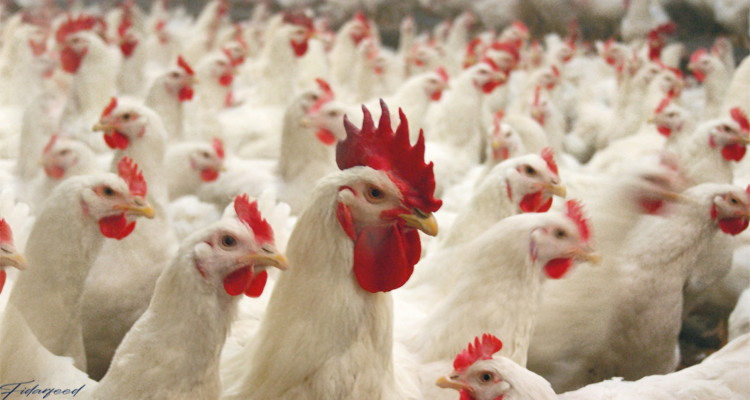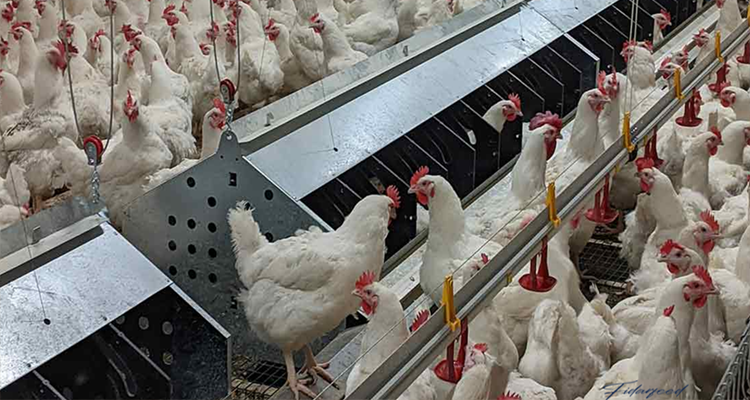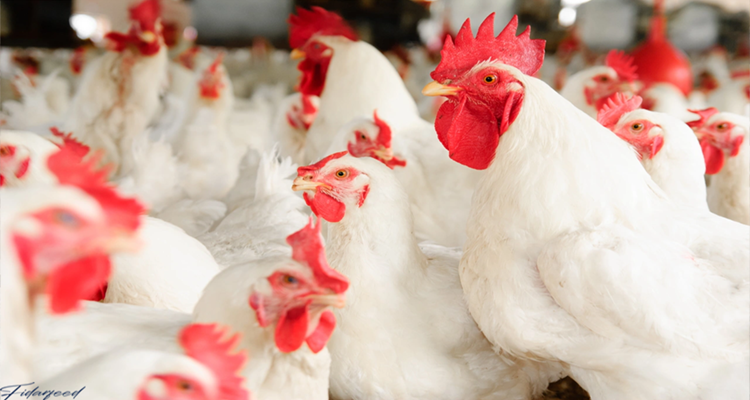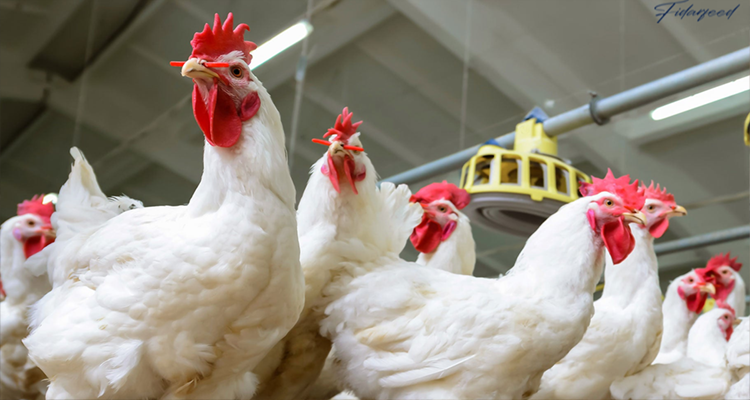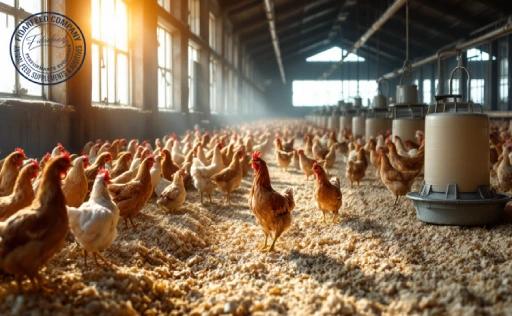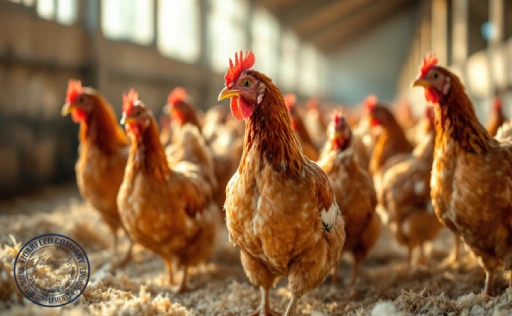Impact of Water Quality on Health and Reproduction in Breeder Hens is a topic that deserves urgent attention from anyone involved in the poultry industry. Whether you’re a seasoned breeder, new to the field, or part of the animal feed supply chain, the quality of water your hens drink directly influences their health, productivity, and overall reproductive success. Clean water isn’t a luxury. It’s a necessity that affects everything from digestion to hatchability. This article walks you through the critical connection between water quality and breeder hen performance, offering practical tips, real-world insights, and actionable solutions to improve your outcomes. Let’s explore what your flock truly needs—and why it matters more than you might think.
Why Water Quality Should Be a Top Priority for Breeder Hen Health
Water plays a central role in almost every physiological function in a breeder hen’s body. It regulates body temperature, supports metabolic processes, and aids digestion and nutrient absorption. In fact, water makes up more than 65% of a chicken’s body. Poor water quality can compromise these systems, reducing immunity and leaving birds vulnerable to disease.
Learn more about: Product
According to poultry science research, breeder hens with access to clean, high-quality water exhibit better weight management, stronger immune responses, and higher egg production rates. When water is treated as an afterthought, birds suffer quietly—often until performance drops or health issues become visible.
Common Water Contaminants and Their Hidden Effects on Your Flock
Contaminants in water aren’t always visible. Harmful elements such as bacteria, nitrates, heavy metals, and excess minerals can creep in through sources like well water, storage tanks, or old pipes. These pollutants may not always cause immediate sickness but gradually erode the health of your birds.
Learn more about: Decreased Egg Production in Laying Hens: Common Diseases in Chickens to Watch
For example, high nitrate levels can impair oxygen transport in the blood, while excessive iron or manganese may interfere with nutrient absorption. Bacterial contamination from pathogens like E. coli or Salmonella can lead to intestinal disorders and reduce feed efficiency—even if the water looks clean.
How Poor Water Quality Harms Reproductive Performance in Breeder Hens
The reproductive system of a breeder hen is highly sensitive to environmental stressors, and water quality is one of the most overlooked factors. Contaminated or mineral-heavy water can alter hormonal balance, impair egg development, and reduce fertility rates.
Learn more about: The Complete Guide to Hen Growth Stages: From Chick to Laying Hen
Inconsistent water intake due to bad taste or odor also results in dehydration, which affects yolk formation and shell quality. According to field data, breeder farms that improved water conditions saw marked increases in hatchability rates and fewer deformed or weak chicks. Simply put, clean water leads to stronger reproduction.
Signs Your Breeder Hens Are Suffering from Poor Water Quality
Not all signs of water-related stress are obvious. Still, attentive breeders can spot early warning indicators, such as:
- Lower feed intake
- Watery or unusual droppings
- Reduced egg size or shell abnormalities
- Poor feather condition or listless behavior
A sudden drop in egg production or fertility should also raise red flags. Don’t wait for a disease outbreak to test your water. Prevention is always more cost-effective than treatment.
Water Testing Essentials: What, When, and How to Check for Safety
Routine water testing is the backbone of any successful breeder hen operation. You should test water for:
- pH level (ideal range: 6.5–8.5)
- Total dissolved solids (TDS)
- Bacterial contamination (e.g., coliforms)
- Mineral concentrations (e.g., iron, sodium, nitrates)
Learn more about: Common Layer Hen Diseases: Prevention & Treatment
Testing should be done at least twice a year, and more frequently if you notice changes in bird health or performance. Use a reputable lab or portable test kits designed for livestock water analysis.
Best Practices for Providing Clean, Safe Drinking Water Daily
Clean water starts with clean equipment. That includes storage tanks, pipes, drinker lines, and nozzles. Flush systems regularly and sanitize them with approved disinfectants.
Make sure water is always fresh and cool, especially during hot seasons. Avoid stagnant water by ensuring proper flow and pressure. Closed water systems tend to be more hygienic and reduce the risk of contamination.
Also, regularly monitor water intake. Any noticeable drop could point to a contamination issue or equipment failure.
The Role of Water Temperature and Flow in Hen Health and Comfort
While often overlooked, water temperature has a major impact on bird comfort. Cold water in winter can discourage drinking, while hot water in summer may lead to dehydration. Aim for a range of 10–20°C (50–68°F) for optimal intake.
Learn more about: How to Treat Arthritis in Chickens: Key Strategies for Healthier Breeder Birds
Consistent water pressure and flow are equally important. Low pressure may result in clogged drinkers or uneven distribution, leading to dehydration in parts of your flock. Keep flow systems well-maintained and test output regularly.
Real-Life Success: How Improved Water Quality Boosted One Farm’s Hatch Rate
A breeder in central Iran faced declining hatchability rates and irregular egg production. After months of troubleshooting, they tested the water and found high levels of sodium and bacterial contamination.
Learn more about: Mastering the Basics: A Comprehensive Broiler Breeder Management Guide
The farm switched to a basic filtration system, added UV disinfection, and began regular tank cleaning. Within two breeding cycles, hatchability improved by over 20%, feed intake normalized, and chick quality visibly increased. The investment paid off not just financially, but in long-term flock health.
Simple Steps to Improve Water Quality Without High Costs
Improving water quality doesn’t have to be expensive. Here are budget-friendly actions any breeder can take:
- Clean tanks and pipelines monthly
- Install a basic sediment filter
- Use chlorine tablets or safe disinfectants as needed
- Cover tanks to prevent dust and bird droppings
- Educate workers on hygiene protocols
Even low-cost changes can yield big results when done consistently.
Conclusion: Clean Water, Healthy Hens, Better Results
Water is more than just a hydration source for breeder hens—it’s a foundation for health, growth, and reproductive success. The Impact of Water Quality on Health and Reproduction in Breeder Hens is undeniable, affecting everything from immunity to egg quality. By prioritizing clean, safe water, breeders can prevent disease, enhance productivity, and ensure the longevity of their flocks.
Don’t wait until problems arise. Take proactive steps today to test, clean, and improve your water systems. Your hens will reward you with better performance, and your operation will benefit from stronger results.
We invite you to share your experiences, ask questions, or leave a comment below. Your insights could help others in the community improve their practices and outcomes.

